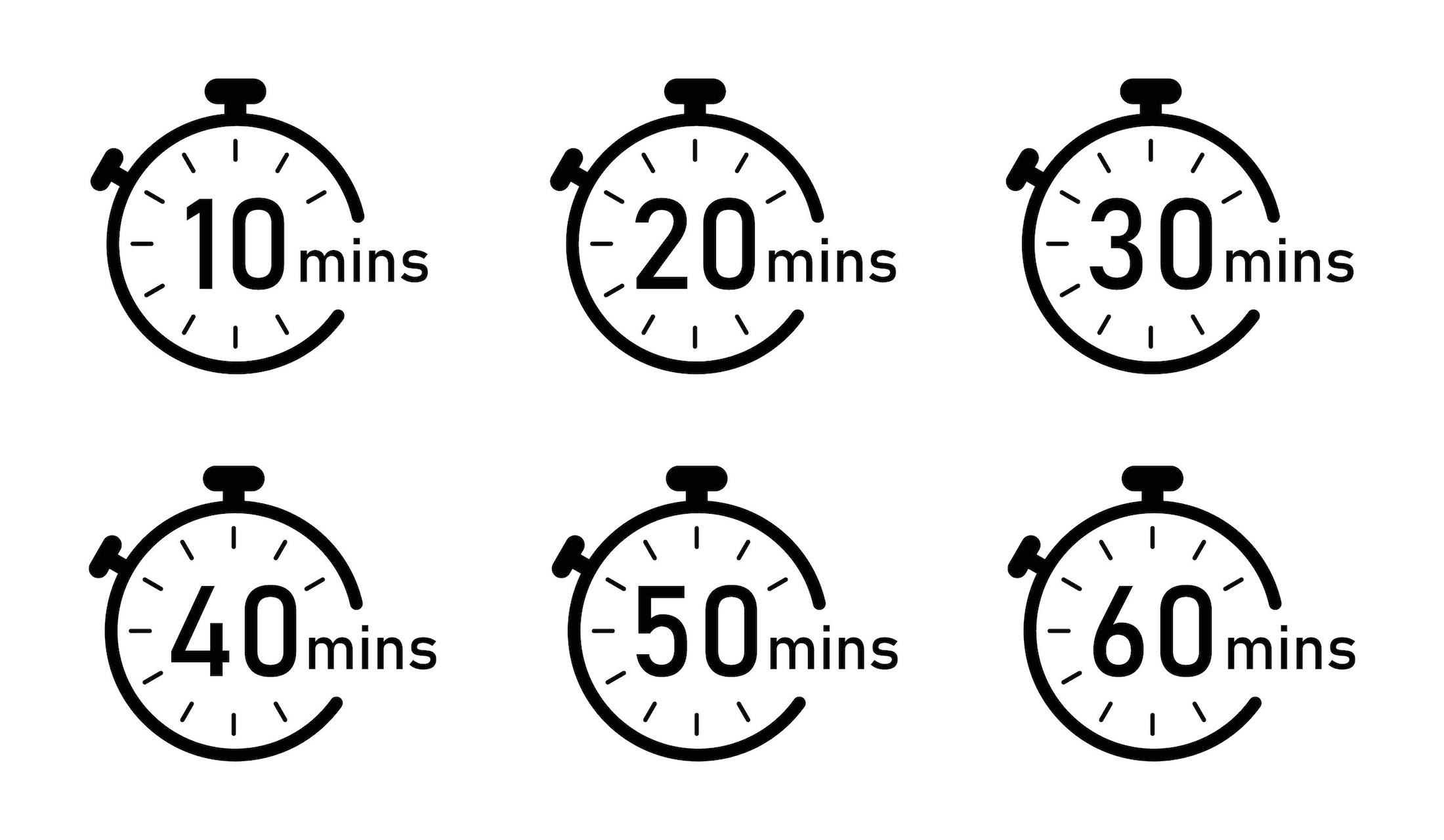February 21, 2024
“Facts all come with points of view / Facts don’t do what I want them to.” – Talking Heads
Facts and figures are essential to any business presentation. But facts and figures are not the heart of a successful presentation. Your presentation will fall flat if you confuse data with story. Data is not your story; it is the illustration (or proof point) of your story. For the audience to be convinced by the data, you must provide context. Why is this number important or relevant, and how does it tie in with your overall message?
A very handy framework for showcasing data in a presentation is: “What? So What?” The “What” is the fact or figure. The “So What?” is the context, or importance you assign to that information in your presentation.
Here are some guidelines for using data in a presentation so the audience will be persuaded by your argument.
Context, Context, Context
The same set of data can tell many different stories. For example, when the U.S. government releases its monthly jobs report, if the number of new jobs reported is 200,000, that could be seen as an indicator of a robust US economy. However, if you are then informed that, in the previous month, 300,000 jobs were created, then all of a sudden, the 200,000 figure seems lackluster. During a presentation, audiences rarely grasp numbers at face value. Numbers must be given a relative context to be fully understood.
Neuroscience has shown that we humans are notoriously bad at comprehending very large numbers. Rather than declare, “We had sales of 1.2 billion dollars last year,” it’s better to explain that, “We had sales of 1.2 billion dollars last year, which was a 20% decrease compared to the previous year.” If your next sentence is, “This decline was an amazing performance when you consider that all of our competitors declined twice as much,” then you can see that the same numbers can be used to tell completely different stories.
Transparency and integrity dictate that you report numbers accurately. But always remember to connect those numbers to a relevant context. As the speaker, you ultimately get to decide how your audience interprets the data.
One Idea at a Time
We have all seen presentations when someone has decreased the font size in order to fit every point they want to make into one slide. Unfortunately, when everything is included, then nothing stands out. Furthermore, audiences don’t have the patience or bandwidth to sustain your comment on each item of a very crowed slide. Being long (and boring) is discourteous to audiences. Every time you use figures in a presentation, ask yourself how they serve your single overarching communications objective (SOCO.)
For example, in announcing Q4 2023 sales figures, Ford Motors posted 25,937 in electric, and 37,229 hybrid vehicles sold. Yet, the bulk of Ford’s growth still came from more-established lines like trucks and SUVs. What should we make of this?
Because Ford’s executives understand the importance of giving context to numbers, they used the sales data in support of a broader message, summed up by this quote, “Ford has the vehicle a customer wants – that has been key to our success in 2023, with our continued dominance in trucks and SUVs. We saw strong gains coming from gas-powered vehicles and record setting sales for our hybrid and electric vehicles,” said Andrew Frick, president, Ford Blue.
Facts and figures support ideas. And it takes time for an idea to develop. Let each idea sink in before moving on to the next and bringing the audience with you.
Lead the Audience to Your Conclusion
Tell your audience what to think rather than let them draw their own conclusions. For example, a slide titled, “Our footprint in emerging markets,” is passive, and descriptive. It requires the audience to look at the data inside the slide to know what to think. If the exact same slide were instead titled, “We are growing in emerging markets,” then you already know the conclusion: the data demonstrates growth. The active voice is better for slide titles, as it leads your audience where you want them to go.
Your audience is comprised of people who are bombarded with facts and figures across their personal and professional lives. In order to make your results stand out in any presentation, keep the framework “What? So What?” in mind. Numbers are only numbers until you give them meaning. Take time to clearly communicate why your results matter.





